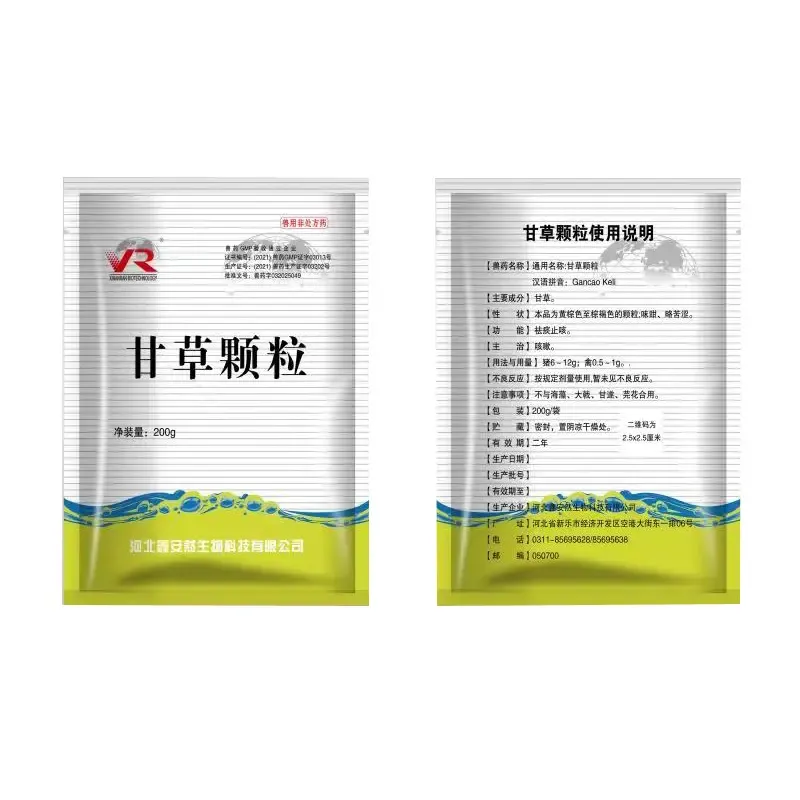- Afrikaans
- Albanian
- Amharic
- Arabic
- Armenian
- Azerbaijani
- Basque
- Belarusian
- Bengali
- Bosnian
- Bulgarian
- Catalan
- Cebuano
- Corsican
- Croatian
- Czech
- Danish
- Dutch
- English
- Esperanto
- Estonian
- Finnish
- French
- Frisian
- Galician
- Georgian
- German
- Greek
- Gujarati
- Haitian Creole
- hausa
- hawaiian
- Hebrew
- Hindi
- Miao
- Hungarian
- Icelandic
- igbo
- Indonesian
- irish
- Italian
- Japanese
- Javanese
- Kannada
- kazakh
- Khmer
- Rwandese
- Korean
- Kurdish
- Kyrgyz
- Lao
- Latin
- Latvian
- Lithuanian
- Luxembourgish
- Macedonian
- Malgashi
- Malay
- Malayalam
- Maltese
- Maori
- Marathi
- Mongolian
- Myanmar
- Nepali
- Norwegian
- Norwegian
- Occitan
- Pashto
- Persian
- Polish
- Portuguese
- Punjabi
- Romanian
- Russian
- Samoan
- Scottish Gaelic
- Serbian
- Sesotho
- Shona
- Sindhi
- Sinhala
- Slovak
- Slovenian
- Somali
- Spanish
- Sundanese
- Swahili
- Swedish
- Tagalog
- Tajik
- Tamil
- Tatar
- Telugu
- Thai
- Turkish
- Turkmen
- Ukrainian
- Urdu
- Uighur
- Uzbek
- Vietnamese
- Welsh
- Bantu
- Yiddish
- Yoruba
- Zulu
Nov . 09, 2024 01:47 Back to list
Effective Disinfectants for Farm Animal Care and Health Management Solutions
The Importance of Disinfectants in Farm Animal Care
In the realm of agriculture, the health and well-being of farm animals are of paramount importance. Effective animal care not only ensures the productivity of livestock but also plays a critical role in public health, food safety, and environmental sustainability. One of the key components in maintaining optimal animal health is the use of disinfectants. This article explores the significance of disinfectants in farm animal care, their types, and best practices for their use.
The Role of Disinfectants
Disinfectants are agents that destroy or inactivate pathogenic microorganisms on surfaces and objects. In farm settings, they serve a vital function in preventing the spread of diseases among animals, which can have devastating impacts on animal welfare and farm productivity. Diseases such as avian influenza, porcine epidemic diarrhea, and bovine respiratory disease can spread rapidly within farms if proper hygiene protocols are not followed. Disinfectants help to break this cycle of transmission by creating a cleaner and safer environment for the animals.
Types of Disinfectants
There are several types of disinfectants used in animal care, each with its specific properties and applications. The most common categories include
1. Quaternary Ammonium Compounds (Quats) These are effective against a wide range of bacteria and are often used in cleaning solutions due to their low toxicity. Quats are suitable for use on surfaces that come into contact with animals, as they are less irritating to skin and mucous membranes.
2. Chlorine Compounds Chlorine-based disinfectants are powerful against viruses, bacteria, and fungi. They are often used in the cleaning of equipment and facilities. However, they can be corrosive and require careful handling and dilution to ensure safety.
3. Iodophors These iodine-based disinfectants are effective against a wide spectrum of microorganisms and are commonly used in the food industry due to their food-safe properties. They are also used in veterinary practice for skin disinfection.
4. Peracetic Acid This is a strong oxidizing agent effective against bacteria, viruses, and fungi. It is often used in high-risk areas where biosecurity is critical, such as in the poultry industry.
5. Hydrogen Peroxide This disinfectant is effective against a variety of pathogens and breaks down into water and oxygen, making it an environmentally friendly option. It is often used in conjunction with other disinfectants to enhance efficacy.
intervention farm animal care disinfectant

Best Practices for Disinfectant Use
To maximize the effectiveness of disinfectants in animal care, several best practices should be followed
1. Proper Cleaning Before disinfecting, animal housing and equipment should be properly cleaned to remove dirt, organic matter, and debris. Disinfectants are less effective on contaminated surfaces.
2. Dilution and Application Always follow manufacturer guidelines for proper dilution and application. Overly concentrated solutions can be harmful to animals and humans, while diluted solutions may not effectively eliminate pathogens.
3. Contact Time Allow disinfectants to remain wet on surfaces for the recommended contact time. This ensures that pathogens are adequately destroyed. Rushing this process can lead to ineffective disinfection.
4. Regular Schedule Establish a regular disinfecting schedule to maintain a clean environment. High-traffic areas, feeding and watering equipment, and breeding facilities should receive particular attention.
5. Safety Precautions Use personal protective equipment (PPE) such as gloves and masks when handling disinfectants. Ensure adequate ventilation in areas where disinfectants are applied to prevent inhalation of harmful fumes.
6. Training and Education Staff should be trained in the proper use of disinfectants and the importance of biosecurity measures. Regular workshops can help keep everyone informed about the latest practices and products.
Conclusion
The use of disinfectants in farm animal care is essential in safeguarding the health of livestock and ensuring the sustainability of agricultural practices. By understanding the types of disinfectants available and implementing best practices for their use, farmers can protect their animals from disease, enhance productivity, and contribute to a healthier food supply chain. As the agricultural landscape continues to evolve, the commitment to hygiene and biosecurity remains a top priority for those dedicated to animal welfare and public health.
-
Guide to Oxytetracycline Injection
NewsMar.27,2025
-
Guide to Colistin Sulphate
NewsMar.27,2025
-
Gentamicin Sulfate: Uses, Price, And Key Information
NewsMar.27,2025
-
Enrofloxacin Injection: Uses, Price, And Supplier Information
NewsMar.27,2025
-
Dexamethasone Sodium Phosphate Injection: Uses, Price, And Key Information
NewsMar.27,2025
-
Albendazole Tablet: Uses, Dosage, Cost, And Key Information
NewsMar.27,2025













